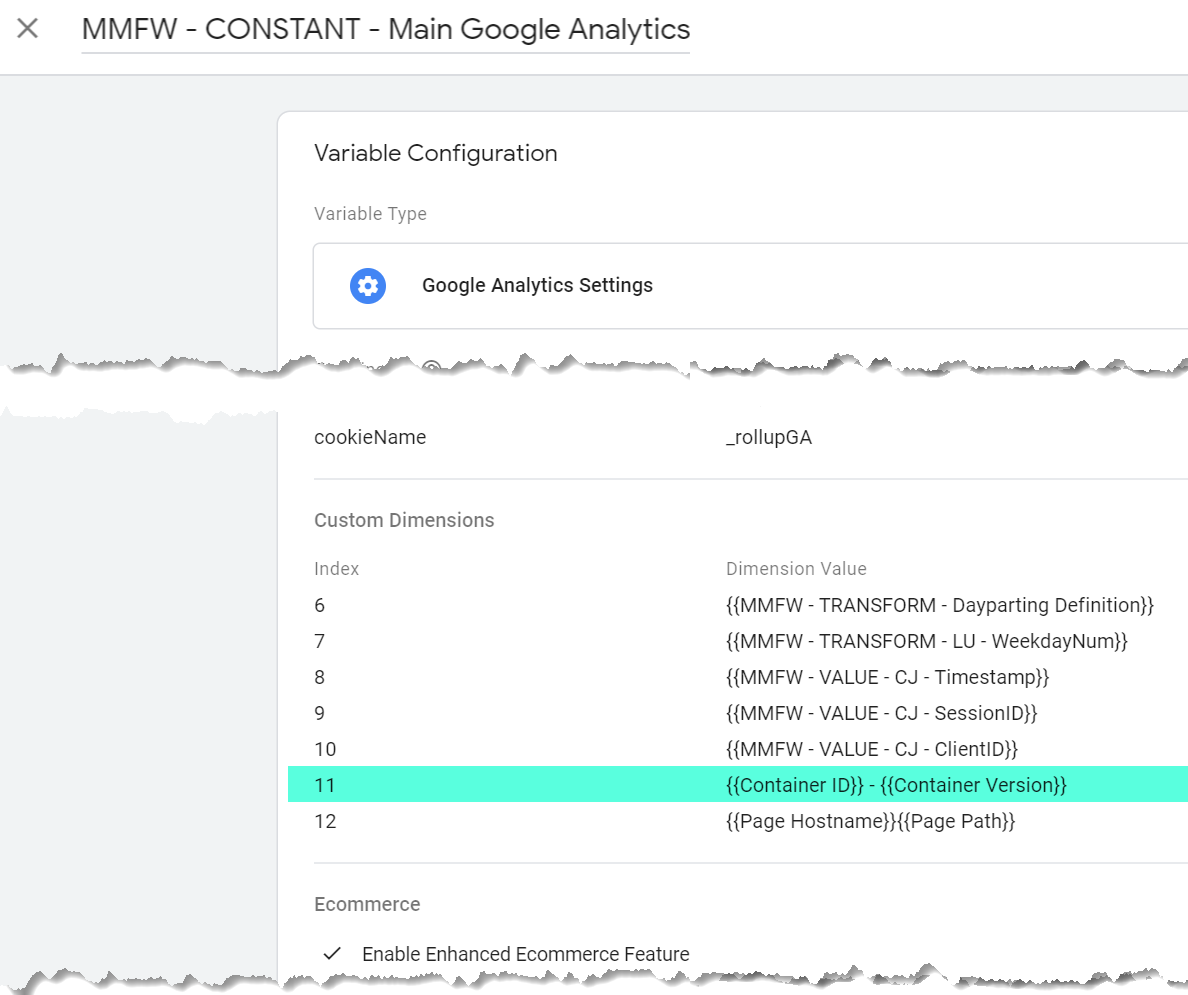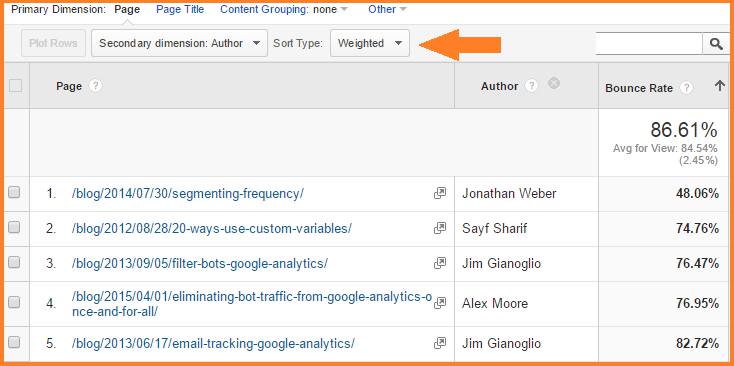Browsing the Depths of Secondary Measurement in Google Analytics: A Detailed Expedition on Its Functionality
Secondary dimensions, though apparently straightforward at very first glimpse, harbor a riches of untapped prospective waiting to be used. As we begin on this journey to explore the nuanced capability of secondary dimensions, we will uncover how this function can light up patterns, introduce connections, and ultimately lead the way for informed decision-making in the electronic landscape (what is a “secondary dimension” in google analytics?).
Understanding Second Dimensions in Google Analytics

Comprehending how second dimensions job is important for leveraging the full power of Google Analytics. By incorporating primary metrics with second measurements, you can gain important understandings that drive notified decision-making and optimization methods.
Leveraging Secondary Dimensions for Information Evaluation
Building upon the foundational understanding of exactly how additional dimensions enhance data evaluation in Google Analytics, the application of these additional layers of info becomes critical in extracting valuable insights for informed decision-making and optimization methods. By leveraging secondary measurements, analysts can delve much deeper into the efficiency metrics by adding more context to the primary dimensions, thus uncovering concealed patterns and relationships that might not be apparent in the beginning look. This deeper level of analysis allows businesses to better comprehend customer actions, recognize trends, and pinpoint areas for enhancement.
Additionally, secondary measurements offer an even more thorough sight of the information, permitting division based on numerous specifications such as demographics, devices, website traffic sources, and a lot more. This division assists in an extra granular evaluation, making it possible for businesses to customize their strategies and campaigns to details target market sectors for improved targeting and customization. In significance, the critical use additional dimensions equips companies to make data-driven decisions that drive development and success in the digital landscape.
Advanced Strategies for Secondary Dimension Implementation
Discovering elaborate techniques to harness the full potential of second measurements in Google Analytics boosts the deepness and class of information evaluation for critical decision-making. One innovative technique for implementing secondary dimensions is using custom measurements. By defining personalized dimensions, customers can sector information additionally to obtain even more certain insights into user habits, such as tracking interactions with certain aspects on a website or keeping an eye on the efficiency of a specific advertising campaign. Another innovative strategy is the use of regex (normal expressions) within secondary dimensions. Regex allows for go to this web-site even more effective and versatile pattern matching, allowing customers to create complicated filters for information evaluation. Additionally, combining additional measurements with sophisticated segments can provide a lot more granular insights by using multiple layers of division to the data. This technique enables a much deeper understanding of individual actions based upon numerous requirements concurrently. Applying these advanced strategies their explanation for additional measurements in Google Analytics empowers users to carry out much more sophisticated analysis and make data-driven choices with precision.
Interpreting Insights With Secondary Dimensions

When analyzing insights with second dimensions, it is necessary to consider the context of the data and how different dimensions connect with each various other. Understanding which specific website traffic resources lead to higher conversion rates or recognizing which tools individuals favor for making purchases can provide workable understandings for optimizing advertising and marketing projects and enhancing general site performance. By thoroughly examining the information with additional measurements in mind, organizations can make informed decisions that drive significant results and enhance their digital presence.
Enhancing Performance With Additional Dimensions

One crucial method to optimize efficiency with additional measurements is by segmenting data much more granularly. This allows you to separate specific variables that might be influencing your metrics and acquire a much better understanding of what drives success or failing in your electronic initiatives. For instance, by incorporating additional measurements such as 'tool category' and 'touchdown page,' you can pinpoint which gadget types are most efficient for specific touchdown pages, allowing you to customize your approaches accordingly.
Additionally, using second measurements can help you identify patterns, patterns, and relationships that might not appear when examining information with main dimensions alone. This much deeper degree of analysis can lead to more informed decision-making and ultimately boost the total efficiency of your web site or electronic advertising projects.
Conclusion
In final thought, additional dimensions in Google Analytics play a critical duty in boosting data analysis and giving much deeper understandings into site performance. By making use of innovative methods and interpreting the information successfully, services can enhance their strategies and boost overall efficiency. Understanding the capability of additional dimensions is essential for making educated choices and driving success in the digital landscape.
By leveraging secondary dimensions, experts can dive deeper right into the efficiency metrics by including more context to the main measurements, thus revealing hidden patterns and relationships that may not be evident at first look. One advanced technique for executing additional measurements is the usage of personalized measurements.Having mastered innovative strategies like personalized dimensions and regex for second dimension implementation in Google Analytics, the next essential action is translating the beneficial understandings obtained via these innovative data segmentation approaches. Analyzing insights via secondary dimensions involves examining the partnerships in between the key and secondary measurements chosen, discovering patterns, fads, and connections that might not be immediately apparent when looking at the data in its entirety.When translating understandings with second measurements, it is crucial to take into consideration the context of the information and just how various dimensions communicate with each various other.